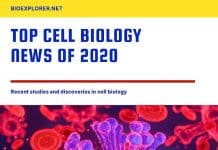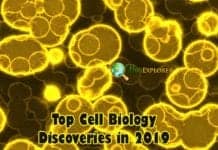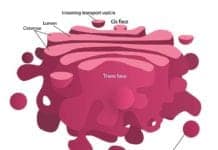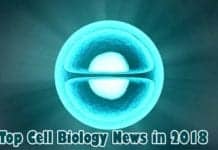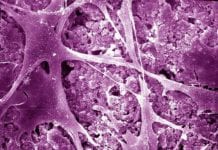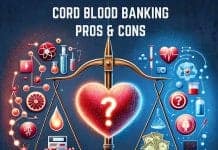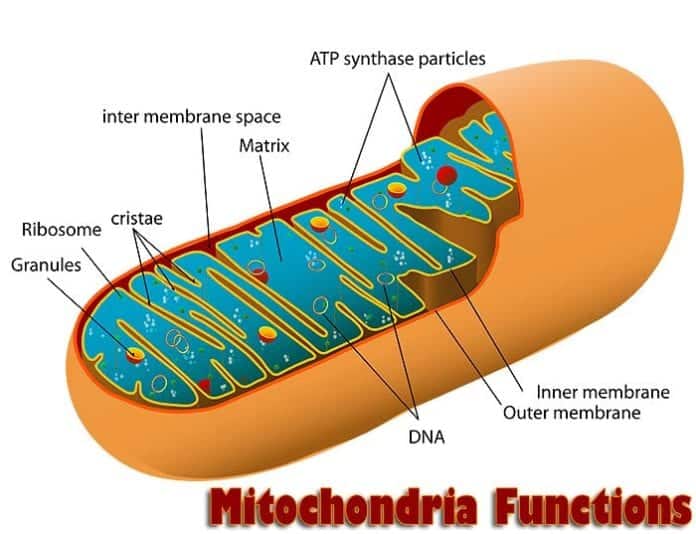
Mitochondria Functions: Your cell is always at work. Every single minute, there are multiple processes underway: assembling proteins, taking proteins apart, making other useful molecules, rebuilding and remodeling membranes. A cell rarely sleeps!
However, the cell needs much energy for most of these processes. When we want to get energy for our machines, we usually use batteries or generators. The cell uses something better – compact, partially autonomous converters – mitochondria.
When one looks at the properly prepared cell of a plant or an animal, many structures get visible. The microscope shows you something that looks like a sophisticated town or factory with headquarters at the nucleus. There are strange, folded walls and ball-like structures made of membranes.
Moreover, there are also bean-like or thread-like structures, very mysterious and solid-looking. These are the ones called mitochondria. There are many ways to describe them. The most common short definition is as follows.
Table of Contents
Mitochondria Definition
Mitochondria are the critical structures of the cell composed of double membranes responsible for energy production.
![]()
Who Invented Mitochondrion?
Some types of animal cells have one or two mitochondria, while muscle or nerve cells are packed with those little “beans“. Let us follow the history of cell research to understand together with the scientists how mitochondria support the inner workings of the cell.
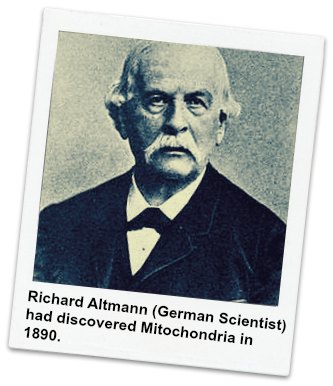 The first scientist to see the cells through a microscope was Robert Hook. It has happened in the year 1660.
The first scientist to see the cells through a microscope was Robert Hook. It has happened in the year 1660.
- Between 1660 and the 19th-century people lacked tools and methods to study cells properly.
- As powerful light microscopes were invented, an active study of cells has started since 1840.
- The nucleus of the cell was described first.
- To see other cell structures, special dyes were needed. After many trials and errors, a German scientist called Richard Altmann has first noticed strange small structures never seen previously in 1890.
- Altmann thought them to be symbionts and called them “bioblasts“.
- Eight years later, “bioblasts” have gotten their very own name – “mitochondria“, which in Greek means “thread granules” (singular: a mitochondrion).
![]()
Further Studies on Mitochondria
Careful studies of these new structures in the next decades have revealed the following:
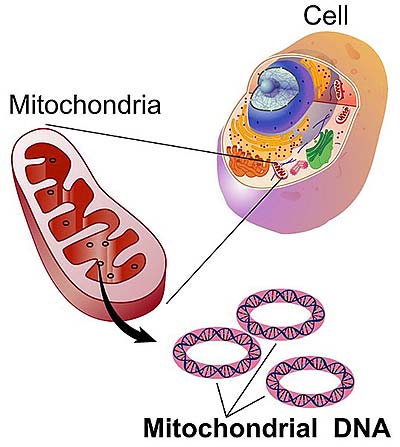
- Mitochondria contained proteins, lipids, and even nucleic acids;
- Mitochondria could divide;
- Mitochondria have their own small genome;
- Different cells in the body have a different number of mitochondria. For example, nerve cells, muscle cells, and sperm tail are packed with mitochondria, while skin cells have only a few.
- If mitochondria of the cell get destroyed – the cell also dies.
All these observations pointed to the obvious fact – those small organelles did something significant for the cell.
![]()
Structure of Mitochondria
With time, it became possible to get a clear picture of the inner structure of a single mitochondrion using an electron microscope. You can see an example here. You may notice several important things:
- Two membranes form the mitochondrion.
- The outer membrane is very similar to the membranes that form the cell or the nucleus.
- The membrane that is situated on the inside is significantly bigger and forms multiple folds called cristae.
- The area enclosed within those two membranes is called the matrix.
- The matrix contains a circular DNA, multiple proteins and other essential molecules.
![]()
Main Role of Mitochondria
At present the specialists know correctly what role does the mitochondrion play in a eukaryotic cell: it is providing the energy necessary for multiple chemical processes that take place inside. It is possible because these structures are a complex process called cellular respiration.
Here are the major steps of this process:
- The cellular proteins take up sugars, such as glucose, and break them down to smaller molecules;
- Those molecules enter the mitochondrion and enter another cycle of reactions called the Krebs cycle;
- Krebs cycle produces smaller molecules that can be used by the proteins embedded in the inner membrane folds – cristae.
- The proteins of the cristae form a so-called electron transport chain. In that chain, an electron is moved from one protein to another.
- Each time the electron is moved, a spike of energy is generated.
- Each spike of energy allows the appearance of a unit of “energy currency” – ATP.
- All produced ATP then go out of the mitochondria into the cell.
We can conclude that cellular respiration is a process when sugars like glucose are used for the generation of chemical energy in the form of ATP.
In other words, a mitochondrion is something between an energy converter and a money bank. ATP they produce is a form of chemical currency: each reaction needs a certain number of ATP molecules.
![]()
Other Mitochondria Functions
Mitochondria play other roles as well which are listed below.
1. Controlling the fate of the cell
When something goes irreparably wrong inside the cell, two different sets of events can take place:
- In one case, the cell explodes, spreading its parts around. This process is called necrosis.
- Necrosis in undesirable, because it creates much work for our immune system and often leads to inflammation.
- The other option for the cell is to kill itself according to a specific plan, and its parts can be disposed of more safely. This process is called apoptosis. The start of apoptosis is initiated by factors that mitochondria produce.
![]()
2. Assisting in the production of important molecules
Mitochondria participate in the synthesis of a crucial fat molecule called cholesterol. Mitochondria also help build hemes – the central parts of the protein hemoglobin that carries oxygen.
![]()
3. Controlling the balance of calcium in the cell
Ca2+ (Calcium 2+) is very important for the cell. For example, this molecule is necessary for our muscles and also acts as a messenger, activating or shutting down various processes. Mitochondria can store and release calcium, thus influencing what happens in the cell.
![]()
4. Contributing to the traits we inherit
When an embryo is formed, only mitochondria from the mother remain. Moreover, as we have already mentioned, mitochondria have their own small DNA. Everything our mitochondria can or cannot do is determined by what kind of mitochondria have our mothers given us.
Thus, mitochondria are the carriers of maternal heredity. This information greatly helps in archaeological and paleontological studies.
Interesting: based on mitochondrial DNA research, some scientists say that there was a common female ancestor of modern humans living in Africa around 200,000 years ago.
![]()
5. Mitochondria leak dangerous molecules.
The process of cellular respiration that the mitochondria participate in also generates undesirable by-products. As many reactions in mitochondria require oxygen, the safer form of oxygen gets transformed into so-called reactive oxygen species or ROS:
- ROS react with other molecules very quickly and uncontrollably, thus damaging them.
- Usually, ROS are contained with the mitochondria themselves, but damage to the mitochondria membranes or other problem can result in “leakages. “.
- When ROS get out into the cell, they can either reach the nucleus and damage the DNA or damage proteins inside and outside the cell.
- ROS damage to DNA results in mutations.
- Significant presences of ROS in the blood can lead to disease.
- Particular proteins gather up ROS and neutralize them. Only when they fail, diseases are likely to develop.
![]()
6. Mitochondria can carry dangerous mutations
As we have already mentioned, mitochondria have their own DNA. It is tiny and carries a few genes. However, mitochondria also produce a lot of ROS that often damage their genomes. It leads to a severe problem:
- Mitochondria do not have DNA repair, so damaged mitochondria can either die or remain in the cell.
- Some damaged mitochondria can appear in the egg cells ready to be fertilized.
- When a fertilized egg contains even a few mitochondria with damaged DNA, it would mean that the future embryo would have them, too.
- During the development of the embryo, damaged mitochondria can get into many different cells: into the thyroid gland, muscle cells, and various parts of the nerve cells.
- When the child is born, it may be at risk of having some mitochondrial disease.
- One of the most famous and dangerous mitochondrial diseases is Alzheimer’s disease.
- This disease usually shows up when a person reaches old age: however, in some severe cases, when people have a high load of mutated genes, they may develop early Alzheimer’s.
![]()
Mitochondria Evolution
Mitochondria are very powerful, as they determine many things throughout our lives. However, the most exciting fact about mitochondria is that they were once not a simple structure, but were a part of a separate species:
- Many billion years ago, there were only two major types of organisms: archaea and bacteria.
- Once, a bacterium began to live within a cell of archaea.
- Instead of killing it, it began to help its new host to get energy, while the archaea provided protection and some food.
- This process is called endosymbiosis.
- With time, two cells have evolved into one, a new type of cell: a eukaryotic cell that had a nucleus.
- Life as we know it – with organisms that are built out of multiple cells – would not be possible, have mitochondria not evolved.
![]()
There are many more ways in which mitochondria are fascinating. If you are interested – read an excellent book by Nick Lane “Power, Sex, Suicide” and gain a new respect for a small bean-like organelle!
Cite This Page
References
- [1] – “About Mitochondria”. Accessed May 08, 2019. Link.
- [2] – “Structure, function and evolution of the mitochondrial division apparatus – ScienceDirect”. Accessed May 08, 2019. Link.
- [3] – “CELLpics – Cell Biology for Schools – Mitochondria”. Accessed May 08, 2019. Link.
- [4] – “Mitochondrial Eve, Mark Stoneking :: DNA Learning Center”. Accessed May 08, 2019. Link.
- [5] – “Mitochondrial Diseases | Cleveland Clinic”. Accessed May 08, 2019. Link.
- [6] – “Mitochondria: A Historical Review”. Accessed May 08, 2019. Link.
- [7] – “Origin of Mitochondria | Learn Science at Scitable”. Accessed May 08, 2019. Link.


